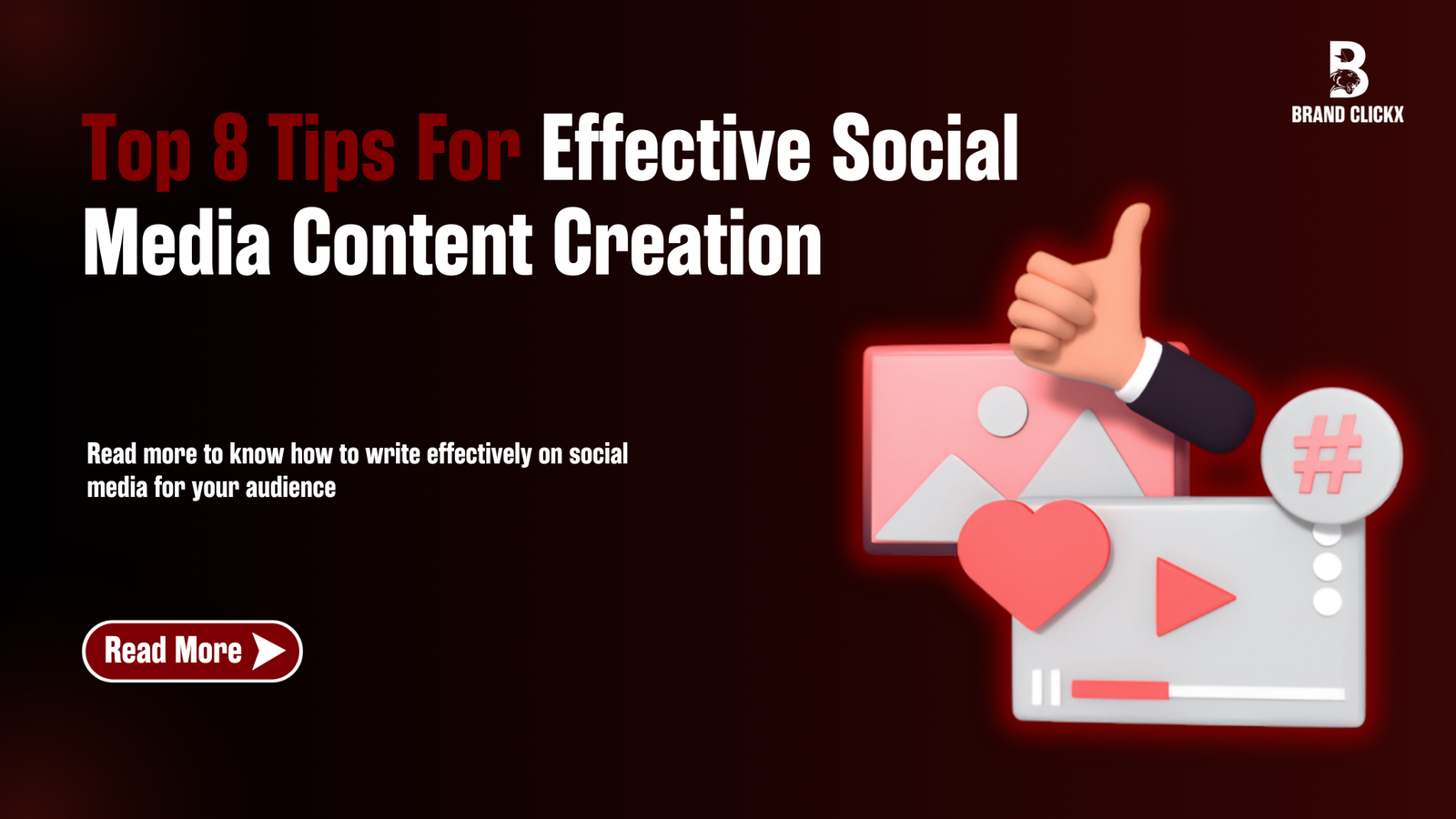Imagine your product or service is top-notch, and your team is on point, but something still feels off. Sales aren’t where you want them to be, and your brand isn’t reaching the audience it deserves. Sounds familiar? You’re not alone. For many business owners, the missing piece of the puzzle is effective social media content creation.
Let’s bear it, social media isn’t just for cat videos or viral dance trends anymore. It’s a powerful business tool, but only if you know how to use it. The problem? Most founders are too busy juggling a million other things or aren’t sure where to start. Creating content that captures attention, brings engagement and gradually converts leads into loyal customers feels like a never-ending battle.
But here’s the good news: with the right approach, social media can become your most profitable marketing channel. In this guide, we’ll break down how to create content that resonates with your audience, aligns with your brand’s voice, and most importantly drives results.
Whether you’re starting from scratch or looking to refine your strategy, we’ve got you covered with actionable insights, examples, and pro tips to help you stand out in the current digital era.
1. Get to Know Your Audience Inside and Out
If you’re not talking directly to answering your audience’s needs, you’re not going to keep their attention. To create content that works, you first have to understand who your audience is – what they like, what frustrates them, and what makes them tick.
Start with these insights:
- Demographics: Basics and vital, age, gender, location. For example: Coca-Cola realize that its audience ranges from a broad range of ages, but it targets young adults who are probably active on social media. That is why we often see their campaigns with relatable, young content.
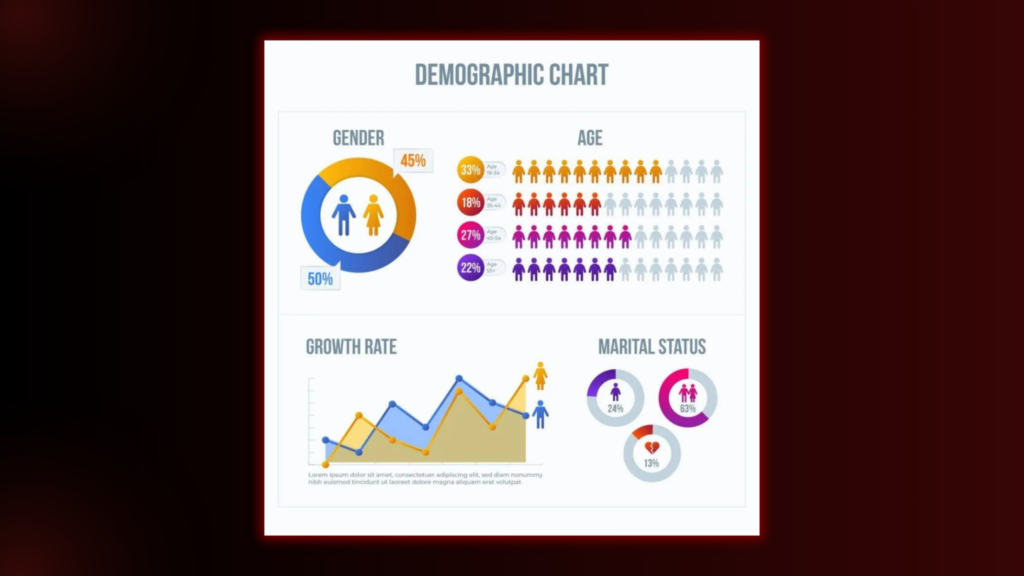
- Psychographics: How much do they value money, hobbies, and interests? For example: Dove knows that the company’s audience is more in line with choosing self-love and inclusion over an idealized body image. The Real Beauty campaign they run addresses these worries.
- Pain Points: What problems can your product or service solve? For example: The simple tech Apple used to address the frustration of its audience and contributes to explaining it as user-friendly and intuitive.
After you have dug in and understand what makes this audience tick, you can train your content at precisely the space your audience wants to hear you communicate from the place inside. It is much more likely that they will engage in your posts if this personalization happens.
2. Create Visual Content That Stands Out
We’ve probably all heard the saying ‘A picture says a thousand words’ but a great visual on social media can be worth much more. If you need to boost your engagement, studies show that posts with images or even videos perform better than posts with just text.
Here’s how to make your visuals work for you:
- High-Quality Images: Use images that clarify your message. And they should be clear and striking. For example: Iconic visually stunning ads by Nike featuring athletes often motivate Nike viewers to make them push themselves personally to achieve greatness.
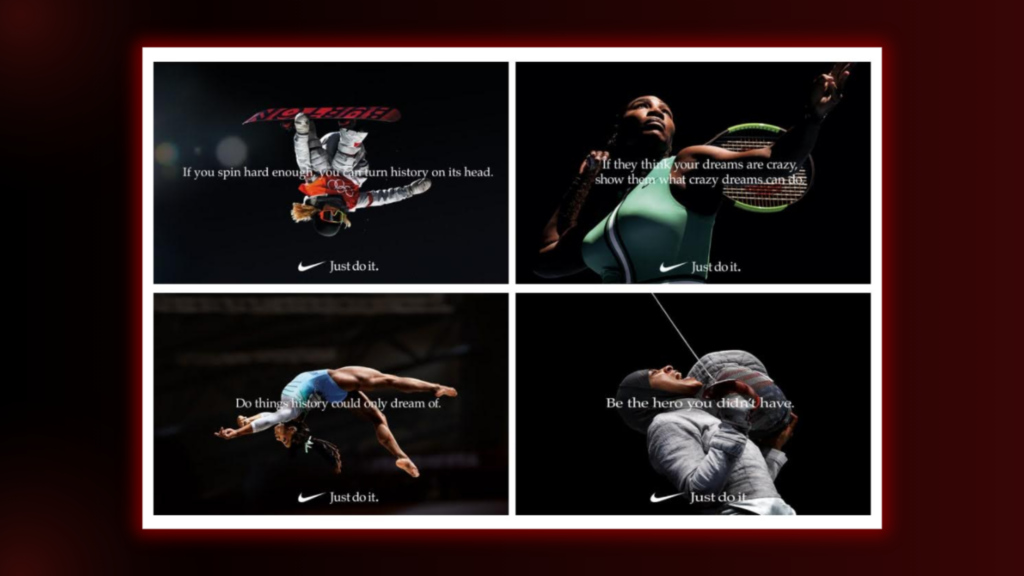
- Infographics: Do the hard work of breaking down complex information into easy-to-digest visuals. For example: HubSpot uses infographics all the time to explain complicated digital marketing concepts and make it clear for their followers.
- Videos: Create short-form videos like Instagram Reels or TikTok, that grab people’s attention. For example: For a younger, trend-focused audience, Starbucks uses engaging TikTok videos to show new drink recipes.
- Humour: Remember, not to underestimate the power of humour when making shareable content. For example: Wendy’s Twitter account found great fame for its witty, sarcastic tweets that go viral and engage the user, pushing brand awareness.
When we create visuals, we should always have the platform’s style in mind. Some of what works on Instagram won’t work as well on Twitter, and vice versa, so tweak things to maximize engagement.
3. Develop a Consistent Brand Voice
Think of your brand voice as the way you speak to your audience on social media, it’s your personality. Consistency is the key to making it strong and recognizable, whether you’re a serious and professional brand or fun and casual.
Here’s how to keep it consistent:
- Create a Brand Guide: To ensure that your posts sound like one, document your tone, style and how you message every time. For example: Whether talking about new products or sharing all the fun, family-friendly content that they can, LEGO uses a playful and friendly voice.
- Visual Consistency: Follow your brand’s identity with a colour palette and logo placement. For example: Then there’s Starbucks, which is instantly recognizable for its signature green and white colour scheme used across all its marketing which is set in place by a policy.
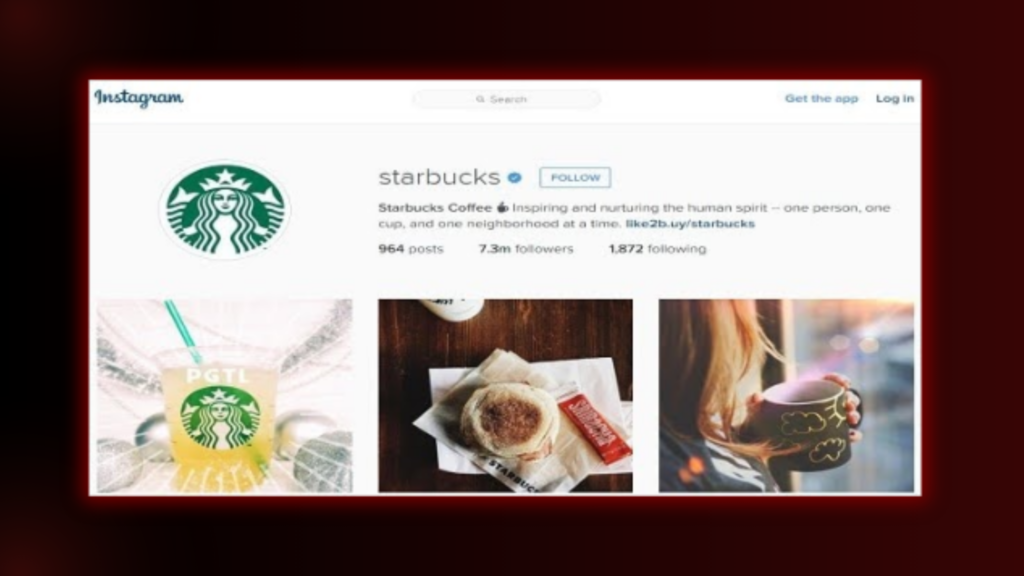
- Stay True to Your Values: Your brand’s values should appear in every piece of content. For example: Consistently, Patagonia’s messaging retains environmental emphasis and works to tap its ecologically conscience audience.
If you want your audience to come back over and over, then a consistent brand voice helps to build trust and loyalty.
4. Include Clear CTAs to Encourage Action
Don’t just post and think people will engage, do not do that, tell them what you want them to do next. A CTA makes a clear call to action; it tells the audience what to do, whether it’s a website visit, product purchase, or sharing your content.
Tips for writing effective CTAs:
- Be Direct: Use action verbs like “shop now,” “learn more,” or “join the conversation.” Example: Sephora often uses CTAs like “Shop Now”, and “Wishlist Now” in their Instagram posts, directing users straight to their online store.
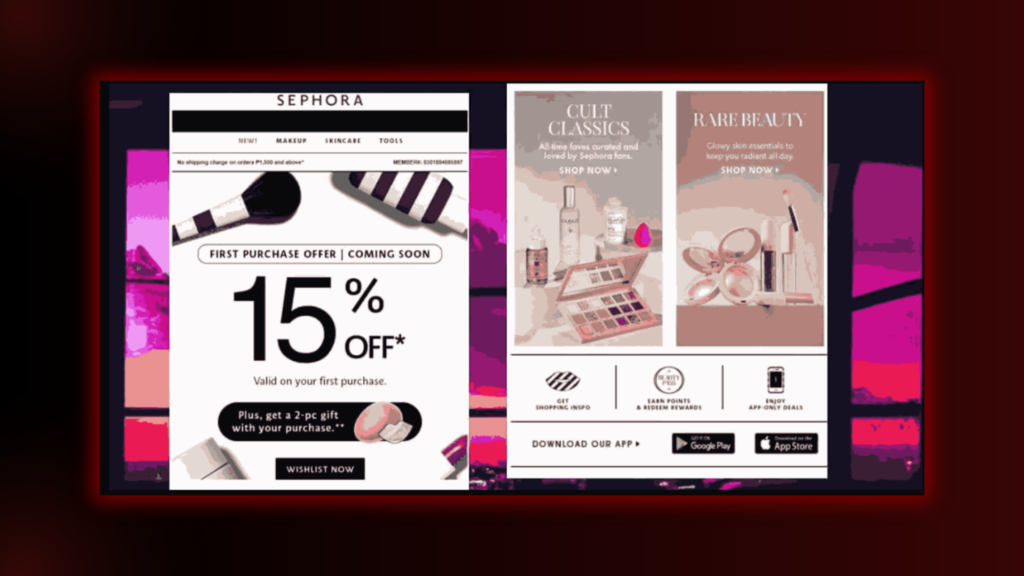
- Create Urgency: Limited-time offer or hurry while supplies last phrases can spur an immediate response. For example: The rush to make decisions on deals posted on Amazon’s “Deal of the Day” pushes people to act fast before the deal expires.
- Offer Incentives: People love a good deal. Giving some extra can encourage action. For example: For example, if you are selling t-shirts on ASOS, they often use CTA which says “Free shipping on orders over $50″ to nudge customers to buy more.
CTAs help your audience know the next step to take so that they can engage with your brand easily.
5. Post Consistently and at the Right Times
Consistency doesn’t mean just posting a lot, it’s about posting on time. You don’t have to post too frequently or infrequently, not to mention at the times that don’t seem to resonate with your followers: boring.
Tips for consistency and timing:
- Know Your Audience’s Habits: Learn when your audience is most active using social media insights. For example: They know their audience is most active in the mornings and late afternoons.
- Content Calendar: You need to plan your posts to have fresh content. For example: So Buffer also recommends creating a content calendar for tracking your posts, in case you’re out of ideas on what to share.
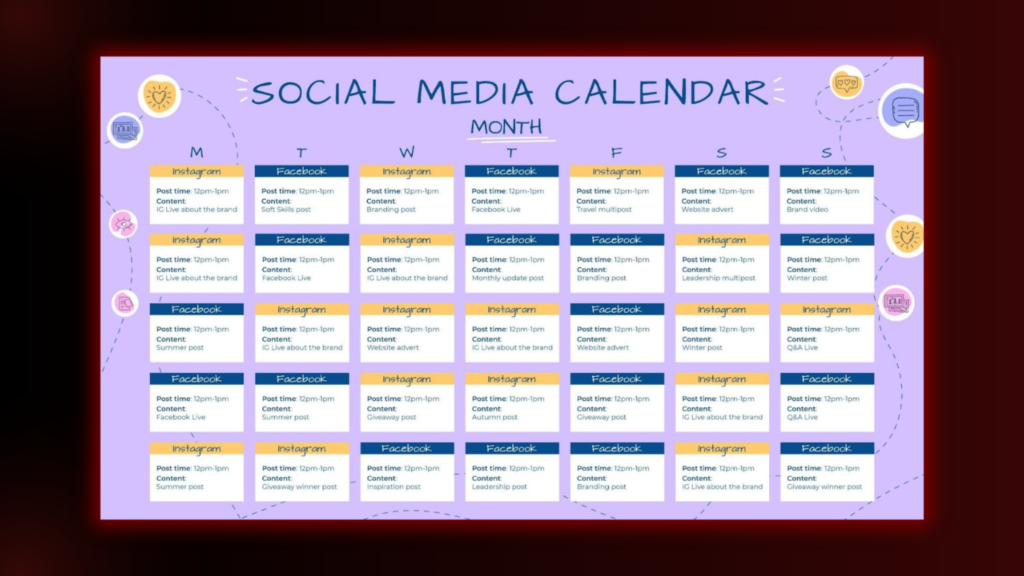
- Schedule Posts: That’s where tools like Hootsuite or Buffer come in to help you schedule posts in advance so that you are consistent without having to post in real-time.
Consistency will bring your audience to you, and keep a strong online presence.
6. Create User-Generated Content (UGC)
Content (reviews, photos, or videos) created by your followers is known as UGC. This in turn establishes a sense of trust with your audience and also the community that has stemmed around your brand.
How to use UGC effectively:
- Repost User Content: Share photos or videos your followers posted just about your brand. For example: GoPro is a pro at this, regularly reposting photos and videos that users have shot with their cameras that have captured mesmerising moments.
- Run Contests or Challenges: Give users the incentive to create content by rewarding them with prizes or recognition. For example: In addition to the ‘Share a Coke’ promotional campaign where people shared photos of personalized Coke bottles.
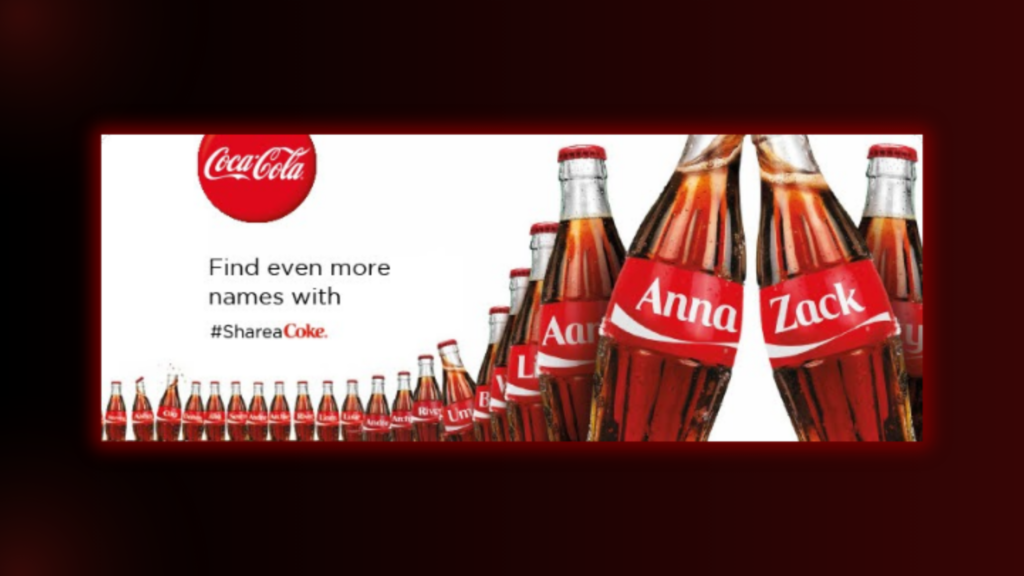
- Give Credit: Always thank the user who has contributed to the task and always tag them. For example: Reposting customer reviews, or photos, and crediting users to show appreciation is something Glossier often does.
Apart from creating emotional bonds with your audience, creating UGC helps you add lots of authentic and social proof in a matter of seconds, giving you the credibility you need.
7. Optimize Your Content for Search
Each social media platform has its search engine, so you want to be found. Increase discoverability and engagement on social media by using hashtags, keywords and location tags.
Optimization strategies:
- Hashtags: Use relevant hashtags research and use them to get more reach. For example: National Geographic posts highly specific hashtags like #NatGeoTravel to attract especially fans fascinated with travel.
- SEO-Friendly Captions: Include keywords that your target audience would most probably search. For example: For example, if a marketing agency focuses on offering marketing content (like “digital marketing” or “marketing tips”) in their captions they will attract users that are interested in digital marketing, while other captions such as “Halloween food ideas” might be less relevant for these users.
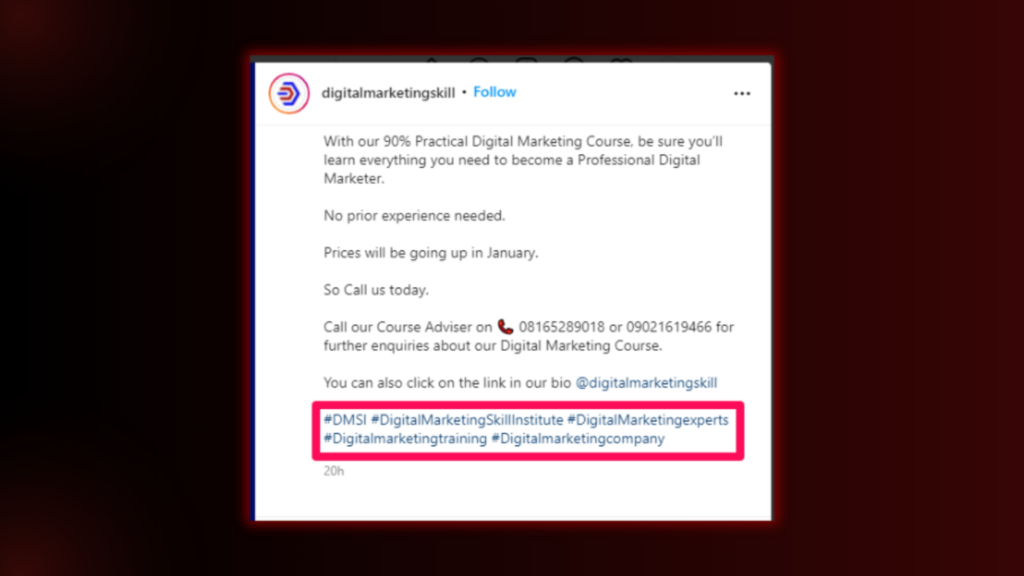
- Location Tags: If you’re targeting a local audience, don’t forget to tag your location to improve discoverability. For example, if A local restaurant would tag its city or neighbourhood in the posts to reach the local customers.
This helps your content to be easier and more accessible to new users, whether they are drawing from search results or clicking on your content from Twitter, which in turn generates more engagement and awareness.
8. Track Performance and Adjust as Needed
Don’t just post and forget. You have a chance to improve your strategy when you analyze how your social media performance is going regularly.
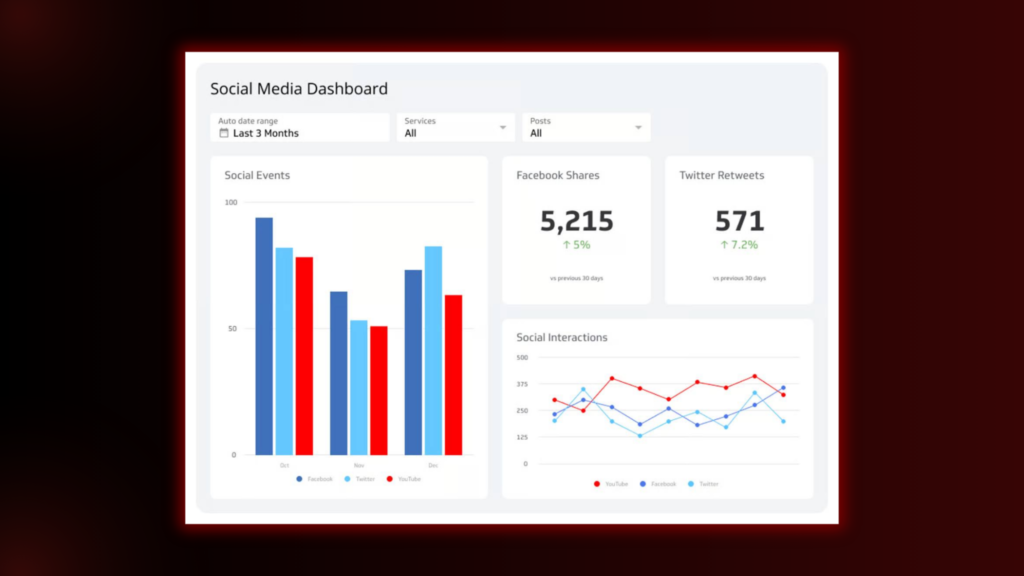
What to track and adjust:
- Monitor Metrics: Remember to monitor the likes, shares, comments and click-through rates. For example: This allows you to plan out more of that type of post if it engages more than another type of post.
- Use Analytics Tools: There are platforms like Instagram Insights, Facebook Analytics, and Google Analytics that give us data about how people interact with us as platforms, and how our content has an impact on them.
- Stay Ahead of Trends: You can observe competitors and keep your eyes open on trends and opportunities. For example: If you notice a trending topic in your industry, grab it and write about it.
By tracking your social media performance, you can improve your social media strategy every step of the way to better meet your target audience’s demands and keep them engaged.
Final Thoughts
By now you are aware that social media content creation is not a cup of tea, it takes the right strategy and time to be the master of this art on desired platforms. In case you have any questions or want someone highly experienced in this niche, BrandClickX is here to discuss!
Contact us today to know more!
FAQs
What is social media content creation?
A: Social media content creation refers to the process of planning, developing, and publishing engaging posts, videos, graphics, or other media for platforms like Facebook, Instagram, Twitter, LinkedIn, and TikTok. It aims to attract, engage, and retain an audience while promoting a brand, product, or service.
Why is social media content creation important for businesses?
A: Social media content creation is crucial for businesses as it helps build brand awareness, establish a connection with the target audience, and drive traffic to websites. High-quality, consistent content can increase engagement, generate leads, and foster customer loyalty across various social platforms.
What tools are best for social media content creation?
A: Popular tools for social media content creation include Canva for designing graphics, Adobe Premiere Pro or CapCut for video editing, and platforms like Hootsuite or Buffer for scheduling posts. Analytics tools such as Sprout Social and Google Analytics can help track performance and refine your strategy.

